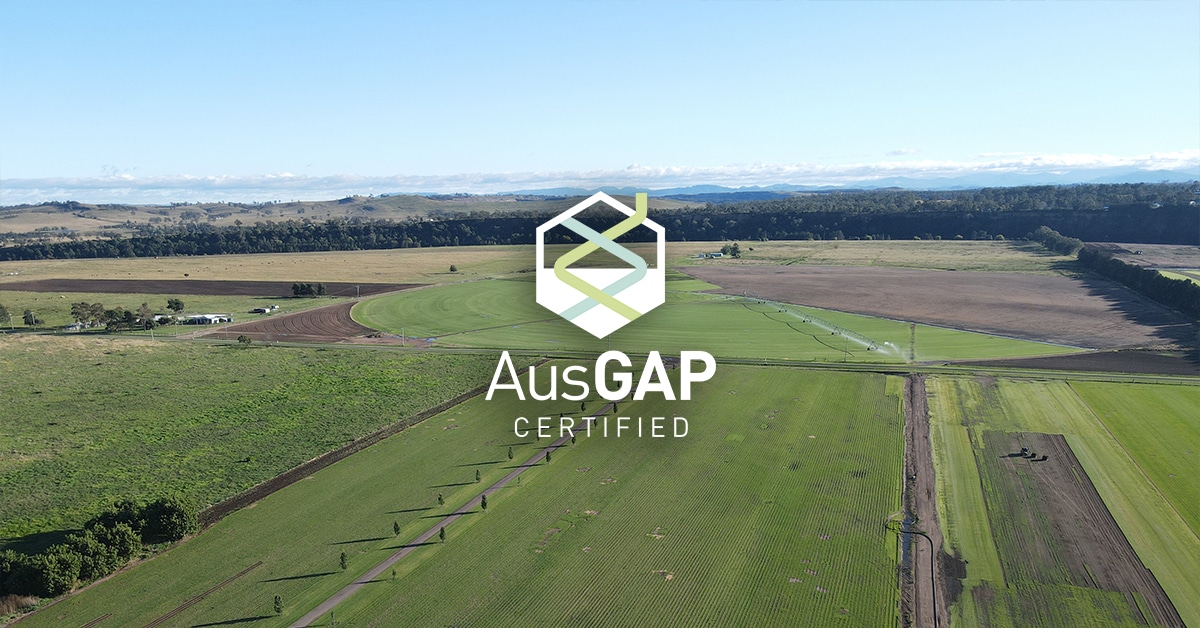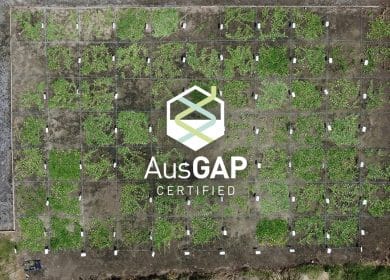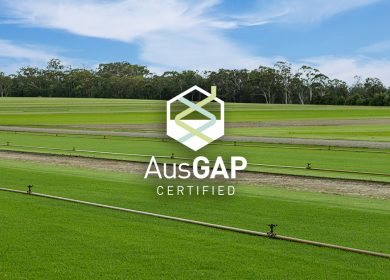Drone use in turf management increasing after recent developments

Technology is continually emerging in new spaces and that is no exception for turfgrass management. With long hours, limited budgets, labour and resources, it is important to ensure efficiency as well as the best product possible. Drones, or unmanned aerial vehicles (UAVs) have emerged into turfgrass management. Farmers and turfgrass management professionals have begun to use them for a growing number of procedures. As the technology continues to emerge costs decrease making them more readily available and have wider use in the turfgrass industry. Read on to learn more about drone use for turfgrass management and the future of this technology in the industry.
UAVs have been used since World War l for remote surveillance. Since then, there have been estimates that more than 80 percent of growth in the drone market in the next decade will be due to agriculture (Stehr et al., 2015). The possibilities of drone use are growing seemingly endlessly with drone parcel delivery and firefighting capabilities for high rise buildings. These developments are flowing into agricultural production systems and further into turfgrass management.
How are drones being used in turfgrass management?
Currently, a well observed use of drones in the turfgrass industry and its management is observing drought stress before it is visible allowing turfgrass managers to modify irrigation to reduce the impacts (Whitlark et al., 2019). It is also able to map high impact areas before stress responses are visible. This is observed through the drones infrared cameras, as well as spectral reflectance and temperature mapping. This data will require interpretation and will see the role of turf manager develop over the years.
Some uses are still in development or in trial. For example, chemical applications, weed spraying, monitoring weed, pest, and disease outbreaks, and even analysis of soil moisture and nutrient deficiencies (Kaapro et al., 2019). As these applications of drone use continue in development and trials technology gets better, costs decrease, and accessibility increases.
What are the limitations of drone use in turfgrass management?
The use of drones is still relatively new technology for the mass population. This means laws and regulations are still being developed as new technology emerges. While recreational drones up to a certain size can be operated by anyone, commercial applications may require specific licenses let alone chemical applications via drone and what that may entail in the future. In Australia drone use is currently governed by the Australian Civil Aviation Authority (CASA). Current regulations include time of day, certain distances and heights from people and airports, and proximity to a populated area a drone can fly.
Additional limitations also include the analysis of images and data. Most data require what is referred to ‘ground truthing’ (Bremer et al., 2020). This is a key job of collecting, processing, and interpreting the drone data and ensuring actual field measurements correlate to data collected. The user must have the skill set to know what to do with the data and images in order to gather useful information. For example, drones are unable to differentiate between stressors such as drought, compaction and disease and it is important to do so in order to treat these issues.
The use of drones is evolving the turfgrass industry, allowing technical data to be more accessible and increase turfgrass management standards.
While much growth is predicted for drone use in agriculture there is still more developments to come in drone technology before it is accessible to everyone. Drone use is another way to ensure every method possible is being used to ensure turf fields and sporting facilities are to the standard they need to be.
References:
Stehr, N. J. (2015). Drones: The newest technology for Precision Agriculture. Natural Sciences Education, 44(1), 89–91. https://doi.org/10.4195/nse2015.04.0772
Whitlark, B. (2019, April 17). Using a drone to scout turf stress. USGA. https://www.usga.org/course-care/turf-tips/2019/using-a-drone-to-scout-turf-stress.html
Kaapro, J. (2019). The role of drones and robotics in the future of turf management. Envu. https://www.au.envu.com/turf-and-ornamental-management/news-articles/news-stories/the-role-of-drones-and-robotics-in-the-future-of-turf-management
Bremer, D. (2020, January). Using drone technology for Turfgrass Management. STMA. https://staging.stma.org/wp-content/uploads/2020/01/Bremer-Drone-Technology.pdf


